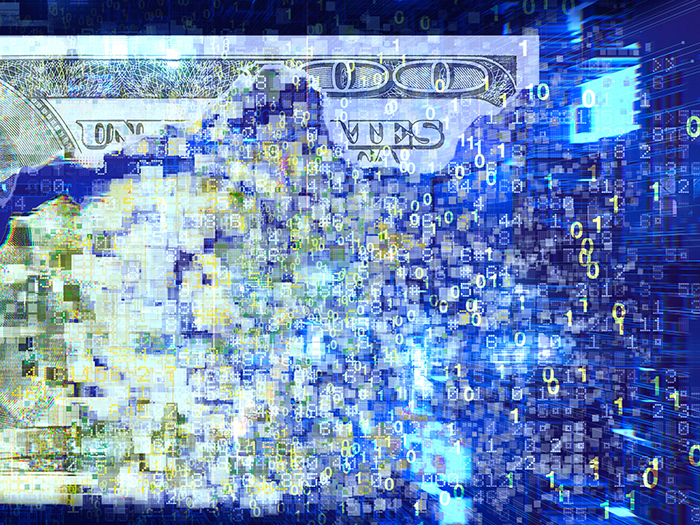Communication Continuity
Configuring Disaster Planning

When Hurricane Sandy struck in October 2012, some folks living in Red Hook in Brooklyn, N.Y., benefited from a little-used technology called mesh to keep the lines of communication open. When the storm caused regular Internet and cell phone networks to go down, a mesh network remained up and running.
Mesh networks were also used by two Australians in the wake of the devastating earthquake that shook Haiti in 2010, when they launched the Serval Project as a way to keep the lines of emergency communications open when cellular and Wi-Fi networks are knocked out.
In that case, Android phones running a special app connected directly with each other to create a “peer-to-peer” network that allowed communication.
“A communications disaster can be completely avoided by having a mesh network ready as a backup that can be executed in a matter of minutes,” said Bob Schena, CEO and co-founder of Rajant Corp., a provider of mesh networking solutions in Malvern, Pa.
In layman’s terms, a mesh is a stand-alone communications network that relies on smart phones or other devices — often, basic routers — to “talk” directly to each other. These small networks may be linked to the Internet via satellite, but that’s not necessary to provide local communications during natural or man-made disasters.
Such a tool should have a role in a company’s disaster plan or claims operations, said Robert Morris, a risk control technology specialist at OneBeacon Technology Insurance, a member of OneBeacon Insurance Group. Morris said today’s mesh networks could include in a disaster recovery plan.
He said communities, first responders or companies could use the Internet to set up a satellite link with a single link on the ground and then configure a mesh Wi-Fi network that allows for local Internet access.
On a larger scale, Morris said, one can set up a long-distance point-to-point link using licensed bands to a remote bandwidth location. As this is usually designed for the signal to travel a long distance, the access points must be mounted at a decent height (15 feet to 20 feet). If the Internet backbone or access is down, then the mesh won’t provide Internet access, but still can be used to set up a Wi-Fi-based network allowing for local communication.
By establishing a mesh network with satellite connectivity as part of its disaster plan, Morris said, a company could enable its workers to access the Internet for information, email and social media.
“Mesh provides a local distribution layer and can support links of a few blocks up to a few miles,” he said, noting that mesh technology is mature and can leverage whatever bandwidth sources are available, and distribute them quickly and simply with minimal training.
“If you add the capability to a disaster plan, of course, it also is important to maintain and test the mesh network equipment, to ensure it can provide the necessary level of connectivity if needed,” he said.
Morris said the main challenges with mesh technology are finding power sources and available mounting locations. He noted that generators and batteries as well as solar and microwind solutions, can be used to provide power.
Schena, of Rajant Corp., said that, while his company has not worked within the insurance industry (it primarily serves mining, telecom, the military and other heavy industrial clients), it has set up many post-disaster mesh networks.
For example, after Hurricane Katrina, Rajant participated in the relief networks by sending several hundred thousand dollars in equipment and personnel to set up multiple networks. This enabled EMS, state highway patrols and fire departments to send and receive emails, and share vital information long before communications and power were restored to the area.
Founded in 2001, following the World Trade Center attacks, Rajant also responded when a tsunami hit Southeast Asia in 2004, quickly setting up a mesh network in a refugee center.
Schena said mesh networks could transition very easily to any company’s disaster planning strategy
“Risk management and insurance are verticals we have thought about but have not pursued yet,” he said. “But it’s very easy kit for most any company to put in place. They could probably plug it into an emergency lighting system, fire it up and get a network going.
“With what we know about our technology, there is no reason a company could not have a low-cost backup data system ready to go,” he said. “They could design it so when power went out, it could still be used within an office or building in any location.”










